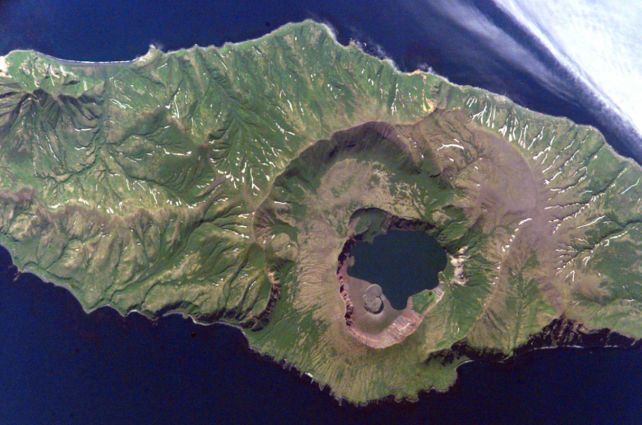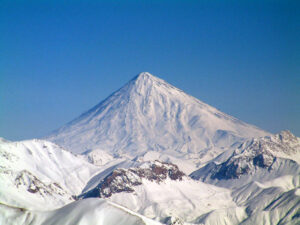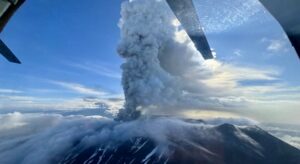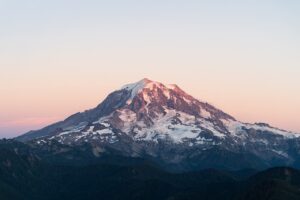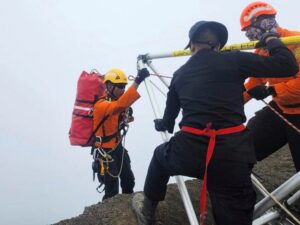The location of a giant volcanic eruption in 1831 has eluded scientists for nearly 200 years, but now they have solved the mystery.
The Zavaritskii volcano on Simushir Island in the Kuril Islands north of Japan was the culprit.
The 1831 eruption threw huge quantities of sulfur dioxide into the atmosphere, lowering global temperatures by 1˚C. Though it seems small, the cooling caused a devastating impact worldwide. Crops failed, and people starved.

Until now, the volcano’s exact location was unidentified for nearly two centuries. Some believed it took place in the Philippines, others in Sicily. No one was able to come up with solid proof.
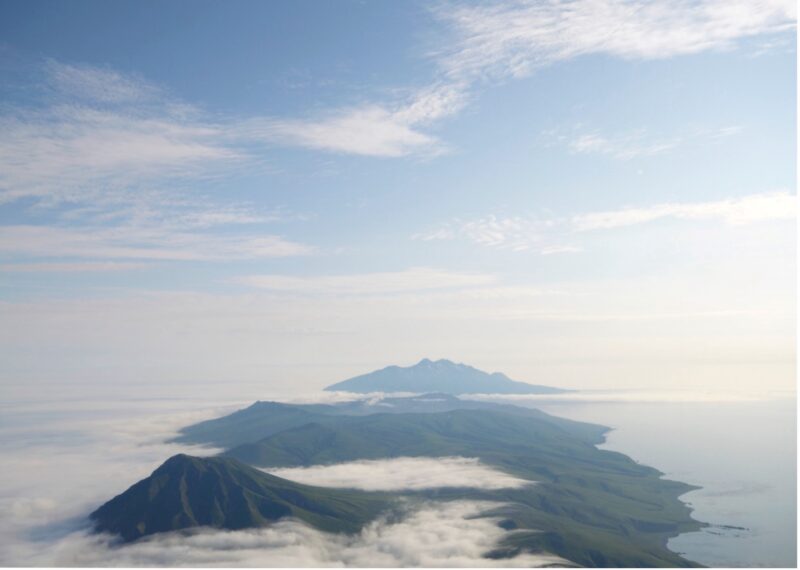
Simushir Island. Photo: Oleg Dirksen
The new breakthrough came from William Hutchison, a volcanologist at the University of St. Andrews in Scotland, who led the study. The key to his team’s discovery was, improbably, ice cores from Greenland.
Hunting for a match
“Only in recent years have we developed the ability to extract microscopic ash shards from polar ice cores and conduct detailed chemical analyses on them,” said Hutchison. “These shards are incredibly minute, roughly one-tenth the diameter of a human hair.”
The ice cores contained traces of sulfur isotopes, ash particles, and microscopic volcanic glass shards that the team dated to 1831. They then used computer modeling to map the trajectory of the ash particles. The eruption, they discovered, occurred somewhere in the northwest Pacific Ocean. Comparing the deposits to geochemical datasets pointed towards Japan and the Kuril Islands.
Historical eruptions in Japan are well documented, and no such eruption occurred in 1831. That left the Kuril Islands between Japan and Russia. Though currently under Russian control, their ownership has long been disputed.
Hutchinson compared the ash deposits in the ice cores to ash samples from volcanoes across the Kurils.
“Finding the match took a long time and required extensive collaboration with colleagues from Japan and Russia, who sent us samples collected from these remote volcanoes decades ago,” said Hutchison. “The moment in the lab when we analyzed the two ashes together, one from the volcano and one from the ice core, was a genuine eureka moment. I couldn’t believe the numbers were identical.”

The rim of the Zavaristkii caldera shows striking red, black and white layers of past eruption deposits. Photo: Oleg Dirksen
A powerful eruption
The 1831 eruption was so powerful that it formed the caldera (the hollow basin) that dominates the volcano today. The cooling caused by the eruption, together with three other volcano eruptions between 1808 and 1835, likely caused the crop failure and famine.
“A focus of ongoing research is to understand to what extent these famines were caused by volcanic climate cooling or by other socio-political factors,” he said.
Considering its widespread effect, it is strange that there are no reports of the eruption. Hutchinson plans to scour Russian and Japanese libraries for any record of ash fall or atmospheric changes in 1831.
“The follow-up work to delve into these records really excites me,” he said.
